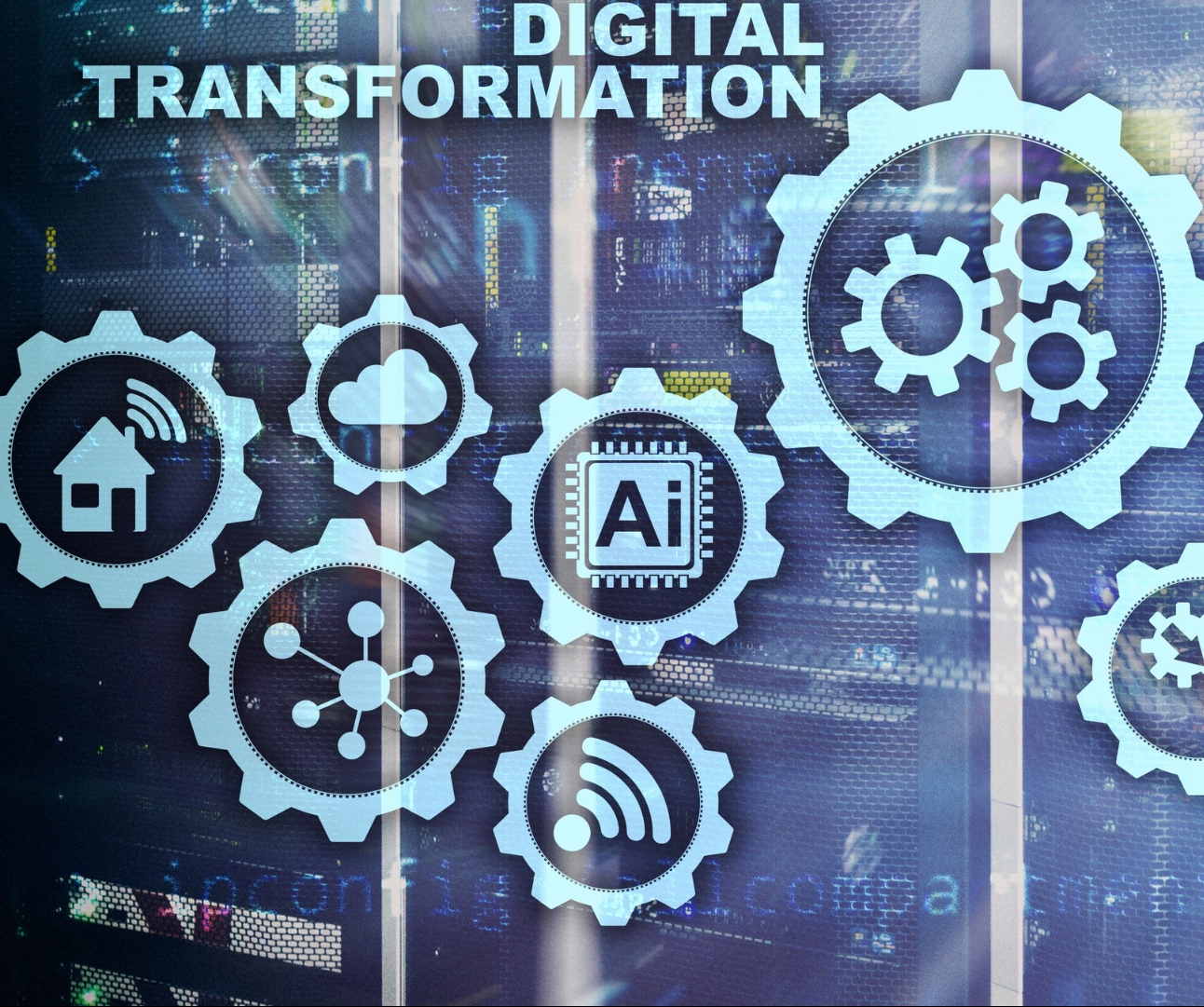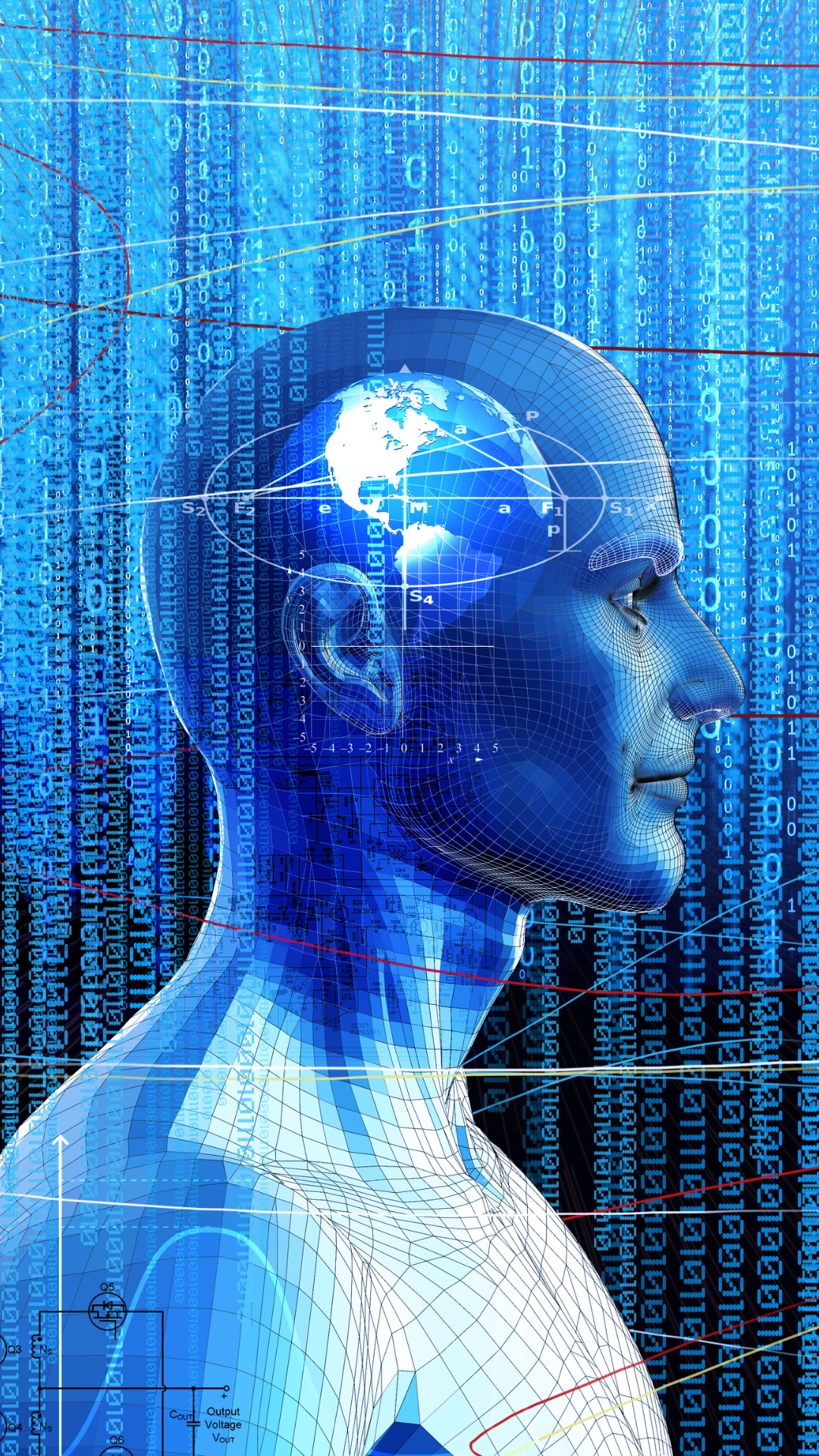The Digital Transformation Consulting Project Service

Introduction
In order to ensure that the IT system serving business activities of the enterprise is planned in a methodical and effective way, meeting all the concerns and requirements of the stakeholders, The Architects uses TOGAF – is the overall architecture development framework of the leading prestigious and popular Open Group organization in the world to build an overall IT architecture with the main tasks as follows:
1. Work directly with, define and refine stakeholder requirements.
2. Build viewpoints and opinions of the architecture, thereby showing how concerns and requirements will be addressed.
3. Make recommendations for improvement, point out the trade-offs to balance the conflicting criteria of stakeholders.
Bases of The Proposal
The Architects uses TOGAF – The Open Group Architecture Framework - to develop the existing architecture and the to-be architecture for your organization. According to TOGAF, the effectiveness of an IT system is measured by its ability to address the concerns of key people in the organization. The unit responsible for designing the enterprise architecture for a business will be the enterprise architect's office operating independently or a separate department within the business reporting directly to the General Director. Therefore, in order to be able to advise and design an effective IT system that meets all the concerns and requirements of stakeholders, the Enterprise architect and his/her team will have to perform the following 3 tasks:
1. Work directly, identify and refine stakeholder requirements.
2. Develop views and architectural perspectives that show how stakeholders' concerns and requirements will be addressed.
3. Make suggestions for improvements, pointing out trade-off points to reconcile conflicting criteria of different stakeholders.
An effective Enterprise Architecture can bring important benefits to your organization such as:
1. More effective and efficient Digital Transformation and IT operations:
a. Lower software development, support, and maintenance costs
b. Bringing all components of the enterprise into a harmonized environment.
c. Improved interoperability and easier system and network management.
d. Improved ability to address critical enterprise-wide issues like security.
2. Better return on existing investment, reduced risk for future investment:
a. Reduced complexity in the business and IT
b. Maximum return on investment in existing business and IT infrastructure.
c. The flexibility to make, buy, or out-source business and IT solutions.
3. Faster, simpler, and cheaper procurement:
a. Buying decisions are simpler, because the information governing procurement is readily available in a coherent plan.
b. The procurement process is faster – maximizing procurement speed and flexibility without sacrificing architectural coherence.
c. The ability to procure heterogeneous, multi-vendor open systems

Project Team Members
Based on project requirements, The Architects will establish a team including international and local experts, scientists and experts in related fields.



1. Methodology: TOGAF – The Open Group Architecture Framework.
2. Research and information gathering methods:
a. [REQUIRED] Interview the board of directors at your organization office, Hanoi to identify and refine the requirements and concerns of each member of the board of directors regarding the IT system. The Architects will need to directly interview directors and department heads:
i. CEO
ii. Director of Marketing & Sales
iii. Director of Manufacturing
iv. Accounting Manager
v. R&D Manager
vi. HR Manager
vii. IT Manager
b. [REQUIRED] Review the production activities at your organization factory cluster.
c. [REQUIRED] Surveyed electronics and home appliance stores in 3 wards in Hanoi and directly interviewed staff in charge of selling your organization products.
d. [OPTIONAL] Work with your organization’s main IT partners/vendors at The Architects office, Hanoi.
e. [OPTIONAL] Research reports on the manufacturing industry, kitchen equipment and household electrical appliances at The Architects office, Hanoi.
f. [OPTIONAL] Purchase and try some products directly.
g. [REQUIRED] Work with the IT department to review the list of hardware, software, network currently used.
Project Duration: 12 weeks
Scope Of Work
1. Prelimary & Architecture Vision
2. Business Architecture
3. Application Architecture
4. Data Architecture
5. Technology Architecture
6. Opportunities & Solution
1. Prelimary & Architecture Vision

Principles Catalog
List of immutable principles of architecture and governance used

Stakeholders Map Matrix
Identify the stakeholders for the architecture engagement, their influence over the engagement, and their key questions, issues, or concerns that must be addressed.

Solution Concept Diagram
A high-level orientation of the solution that is envisaged to meet the objectives of the architecture engagement.
2. Business Architecture
3. Application Architecture
4. Data Architecture

- a. Application/Data Matrix:
- b. Logical Data Diagram:
5. Technology Architecture

Technology Standards Catalog
The catalog documents the agreed standards for technology across the enterprise covering technologies, and versions, the technology lifecycles, and the refresh cycles for the technology.
Technology
Portfolio Catalog
The purpose of this catalog is to identify and maintain a list of all the technology in use across the enterprise, including hardware, infrastructure software, and application software.
Application/ Technology Matrix
The matrix documents the mapping of applications to the underlying supporting technology platform.
Environments & Location Diagram
The diagram depicts which locations host which applications, identifies what technologies and/or applications are used at which locations, and finally identifies the locations from which business users typically interact with the applications.
6. Opportunities & Solution
- a. Project Context Diagram
- b. Benefit Diagram

